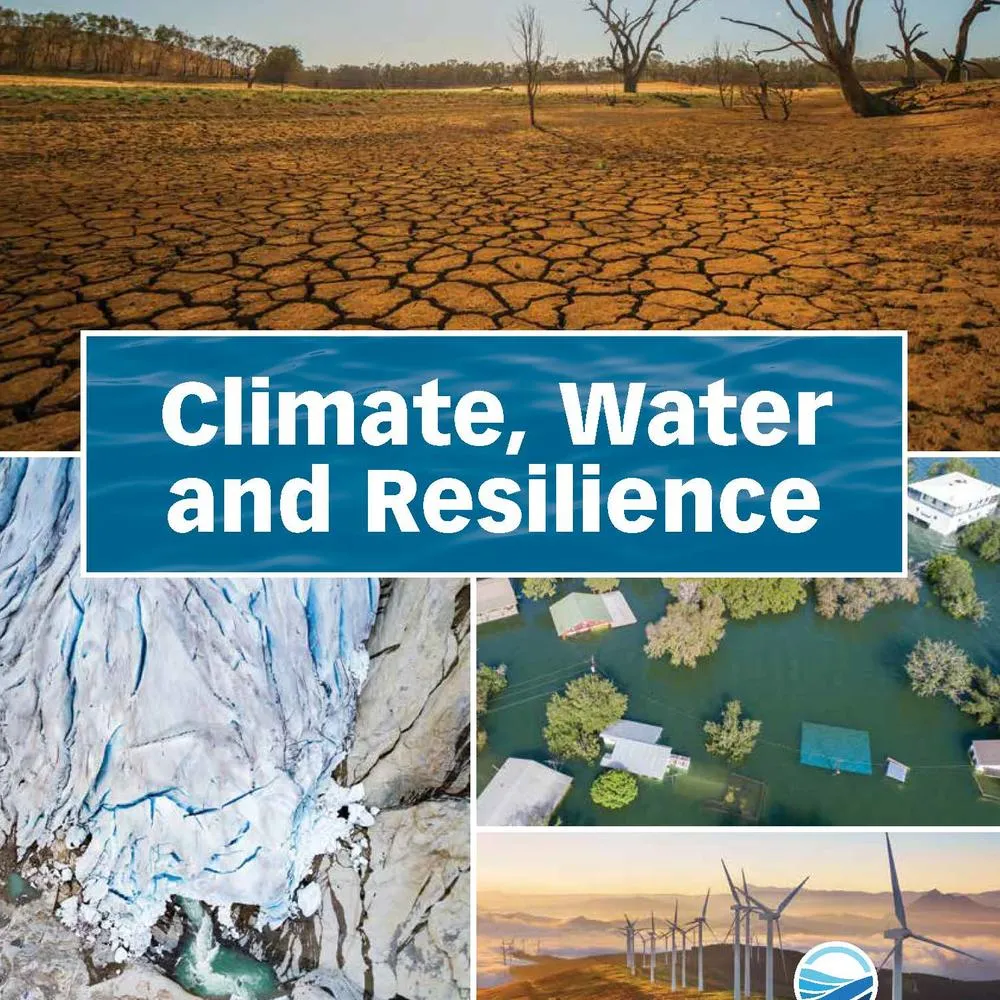
Introduction
As climate change continues to impact our planet, water systems are facing unprecedented challenges. From extreme weather events to rising sea levels, the need for innovative solutions to ensure water sustainability has never been greater. In this article, we will explore how advancements in water systems are helping to build a more resilient future in the face of climate change.
Challenges of Climate Change on Water Systems
Climate change is causing shifts in weather patterns, leading to more frequent and intense droughts, floods, and storms. These changes are putting pressure on water systems, affecting water availability, quality, and infrastructure. Rising sea levels are also threatening coastal communities, leading to saltwater intrusion into freshwater sources. All of these factors combined are creating significant challenges for water systems around the world.
Innovations in Water Systems
Fortunately, advancements in technology and engineering are providing innovative solutions to address these challenges. One key innovation is the use of smart water management systems, which utilize sensors and data analytics to monitor and optimize water usage. By collecting real-time data on water flow, quality, and usage, these systems can detect leaks, reduce waste, and improve efficiency.
Another innovation is the development of decentralized water treatment systems. Traditional centralized water treatment plants are vulnerable to disruptions caused by extreme weather events. Decentralized systems, on the other hand, use smaller, modular units that can be easily integrated into existing infrastructure. This approach provides greater resilience and redundancy, ensuring water supply even in the face of disruptions.
Adapting Infrastructure to Climate Change
As climate change continues to impact water systems, it is essential to adapt infrastructure to withstand these challenges. This includes upgrading aging infrastructure, improving water storage capacity, and implementing nature-based solutions such as green infrastructure and wetlands restoration. By investing in resilient infrastructure, communities can better prepare for the impacts of climate change and ensure a sustainable water supply for future generations.
Collaboration and Policy Support
Building a resilient future requires collaboration between governments, industry, and communities. Policies that promote sustainable water management practices, incentivize innovation, and support infrastructure upgrades are essential for addressing the challenges of climate change. By working together, we can create a more resilient water system that can withstand the impacts of a changing climate.
Conclusion
Innovations in water systems are playing a crucial role in building a more resilient future in the face of climate change. By adopting smart water management systems, decentralized treatment technologies, and resilient infrastructure, we can ensure a sustainable water supply for future generations. Collaboration and policy support are also essential in addressing the challenges of climate change and creating a more resilient water system. Together, we can build a future where water systems are able to withstand the impacts of a changing climate and continue to provide clean, safe water for all.
#Building #Resilient #Future #Innovations #Water #Systems #Addressing #Climate #Change #Challenges
